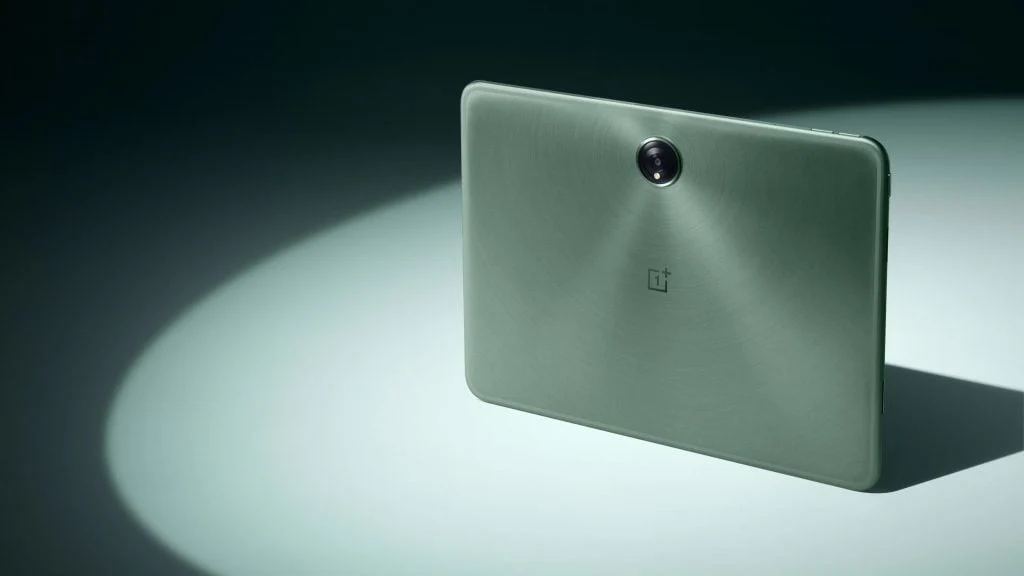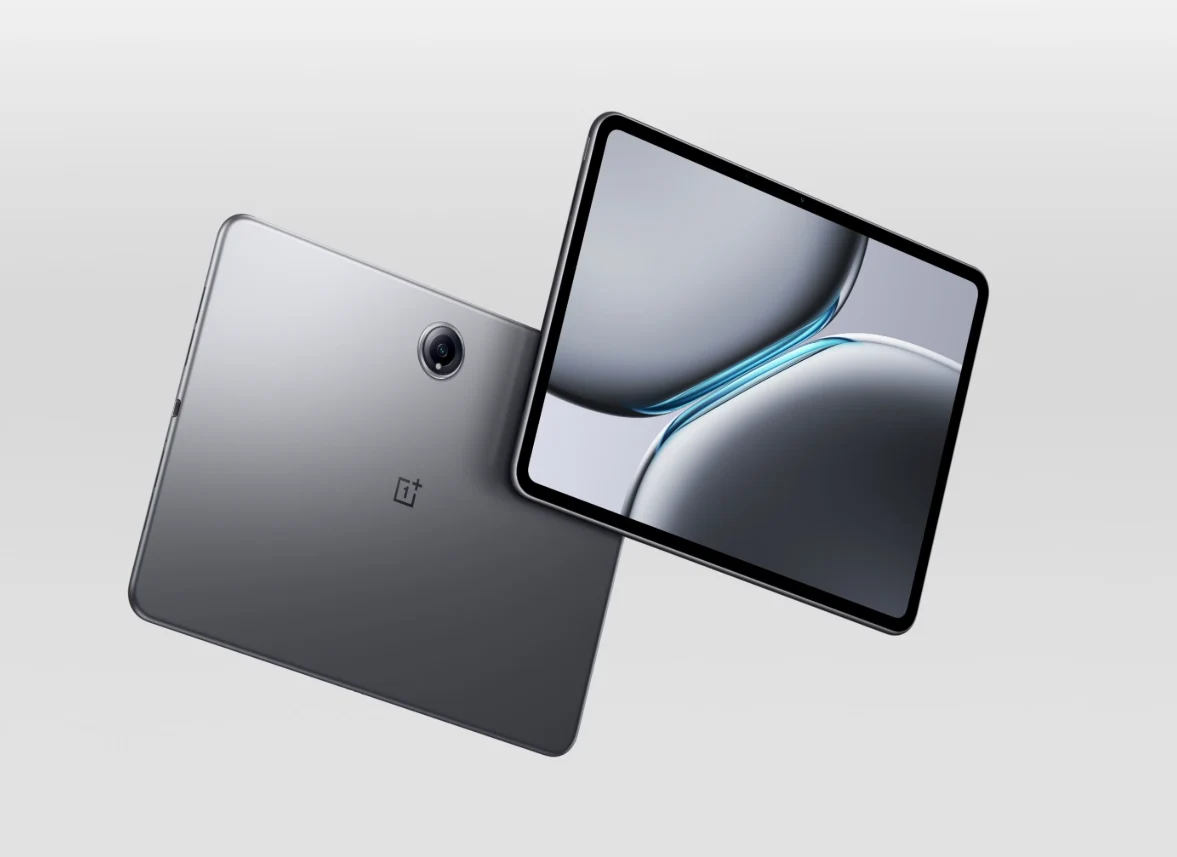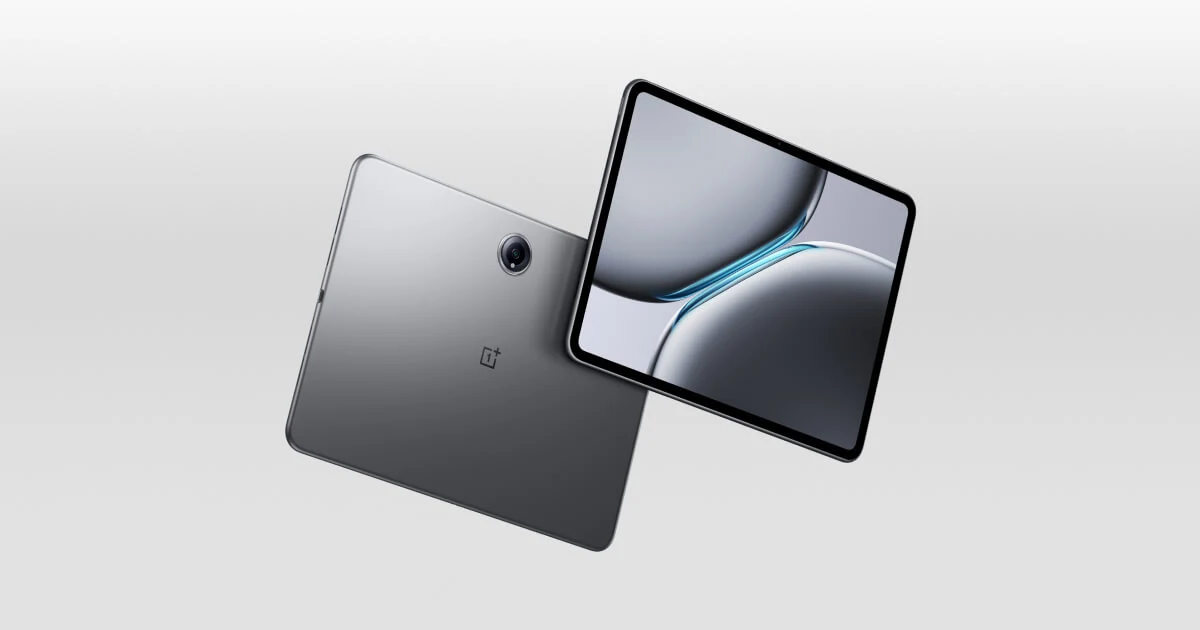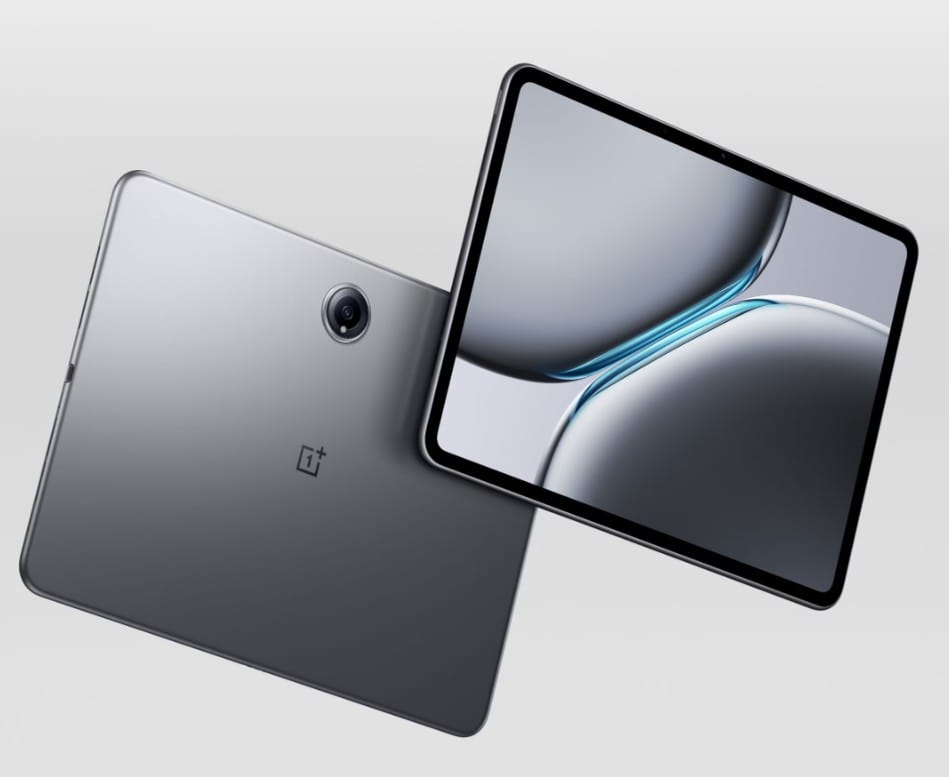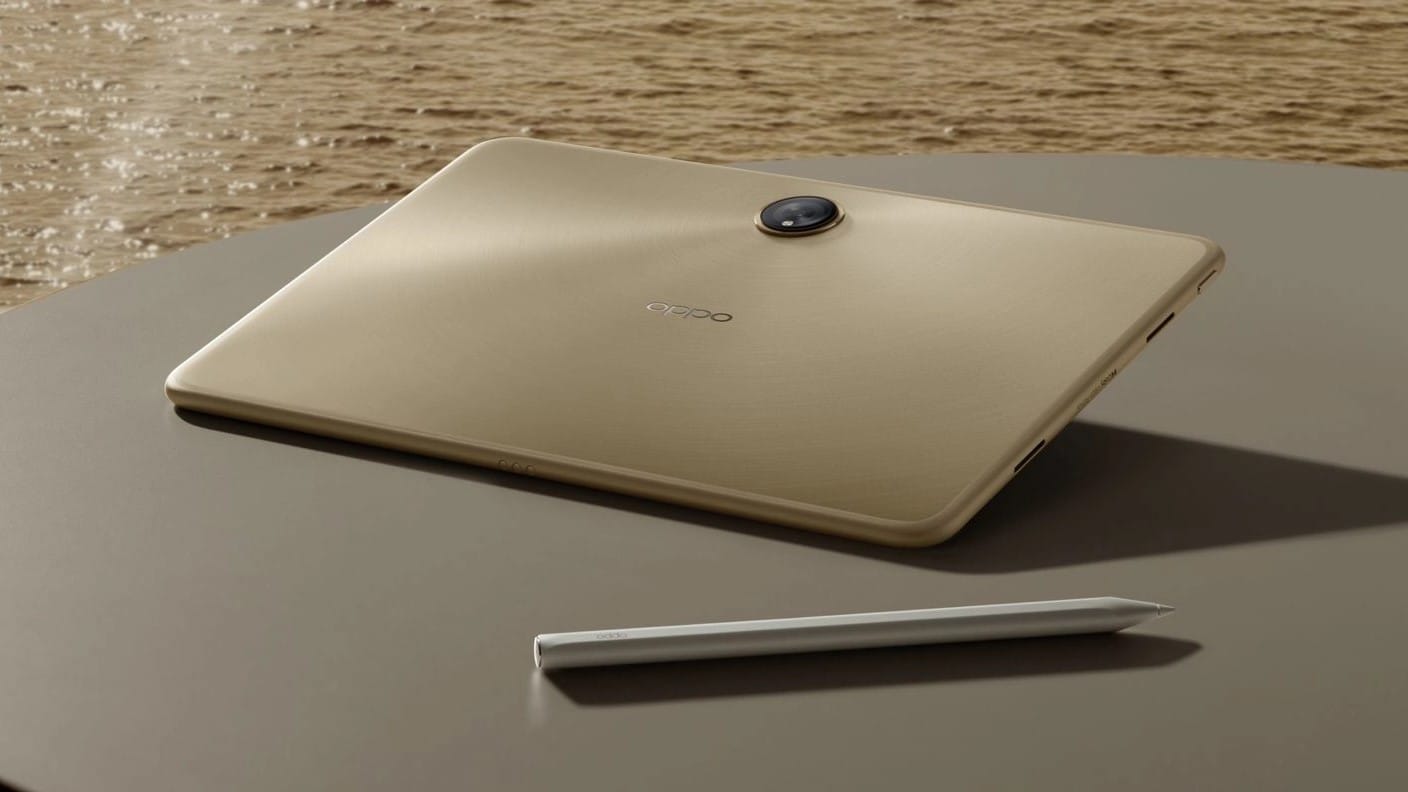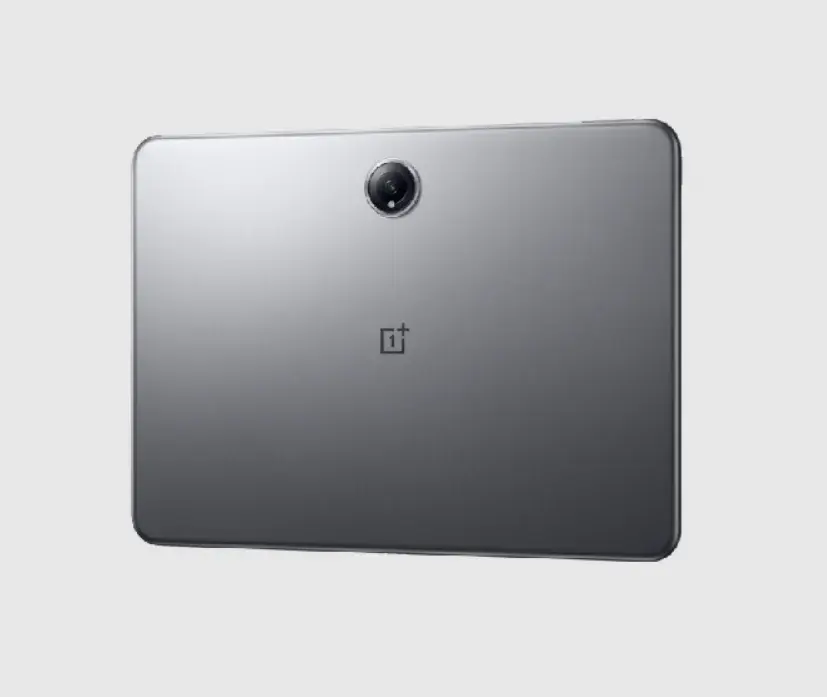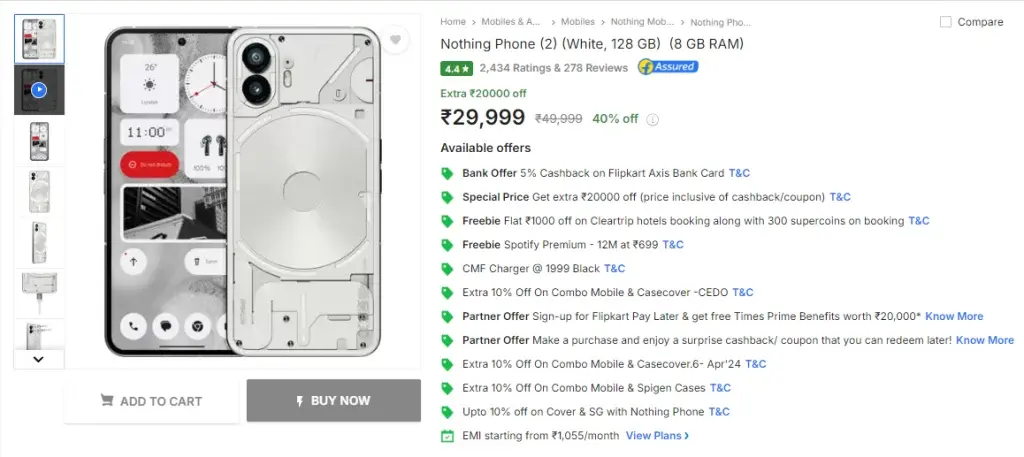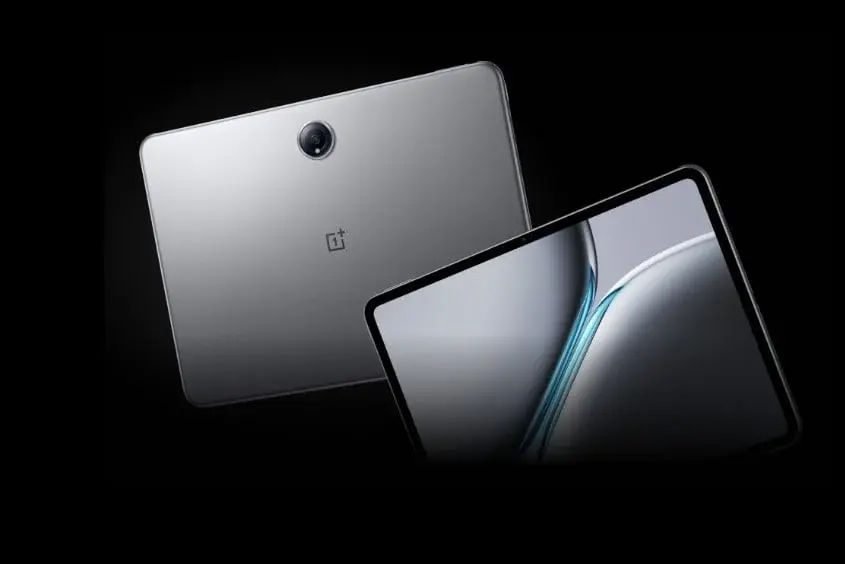Key Takeaways
1. Cost-Effective Alternatives: Cheaper tablets like the Teclast T70 offer similar functionalities to high-end models at a fraction of the cost, appealing to budget-conscious consumers.
2. Performance Trade-Offs: While the Teclast T70 has a large screen and modern design, it lacks the performance and portability of premium tablets.
3. Value vs. Quality: Budget tablets may struggle with issues like slow Wi-Fi speed and limited software support, raising concerns about long-term usability and security.
4. Potential for Better Options: Spending slightly more, such as on the OnePlus Pad 2, can provide better performance, durability, and longer software support.
5. Regulatory Changes Ahead: Upcoming EU regulations may impact how budget tablet manufacturers provide software updates, affecting future product offerings.
Not everyone is able to spend or even desires to buy an iPad Pro. For a select few, it truly makes sense to invest $1,000 or more in a Samsung Galaxy Tab S10 Ultra. The allure of inexpensive tablets available on platforms like Amazon, Temu, and Aliexpress is strong, suggesting that these cheaper options can provide similar functionalities as their pricier counterparts for a fraction of the cost.
The Teclast T70 Example
Take the Teclast T70, for instance, which we recently examined: This sizable 14-inch tablet is priced under $400. Typically, consumers would expect to pay at least double for a tablet of this screen size, which raises some eyebrows. The specifications initially seem impressive: The Teclast T70 supports mobile networks, a feature that usually incurs an extra cost on more premium tablets. If you purchase the tablet from Temu, it even includes a full accessory package, complete with a Bluetooth keyboard.
Performance Limitations
Naturally, this tablet can’t match the performance of high-end models, and you will have to deal with a bit more heft. However, anyone opting for a 14-inch tablet likely isn’t looking to haul it around or hold it for long stretches. At first glance, the tablet looks modern and is sturdily constructed. Even its antennas are printed onto the device so that there isn’t an unsightly plastic strip interrupting the design for better reception.
Overall Value Concerns
However, our evaluation indicates that even brands from China face challenges in delivering a satisfactory tablet at such a low price point. The Wi-Fi speed, for instance, is notably slow. Furthermore, one should temper their expectations regarding software support, which is crucial for maintaining security and ensuring longevity. While Android provides some security through automatic updates for Google Play Services, many applications may no longer function on older versions of Android after a few years due to security concerns.
As a secondary device or for individuals on a strict budget, this option might seem appealing at first glance. It’s a positive step that such technology isn’t solely for the affluent. Yet, it’s essential to consider that sustainability and durability do not seem to be priorities for the manufacturer. Perhaps spending a little extra is worthwhile: For around $550, you can acquire the OnePlus Pad 2, which offers four years of software updates and significantly improved performance.
Future Considerations
Looking ahead, manufacturers will soon be required by EU regulations to provide updates for a specified duration. It will be fascinating to observe how producers of “very budget-friendly tablets” adapt to this upcoming mandate.
In conclusion, while the Teclast T70 presents an interesting option, potential buyers should weigh the trade-offs carefully before making a decision.
Source:
Link


